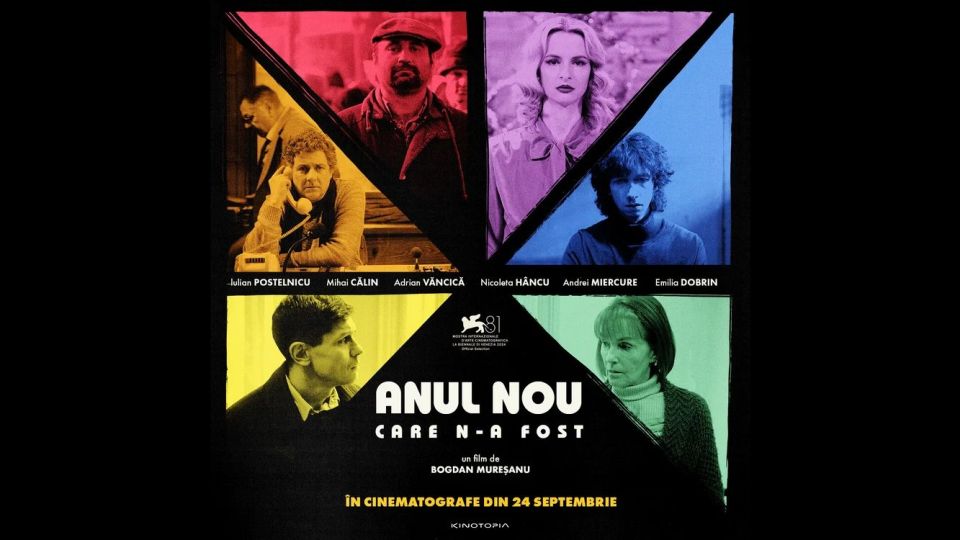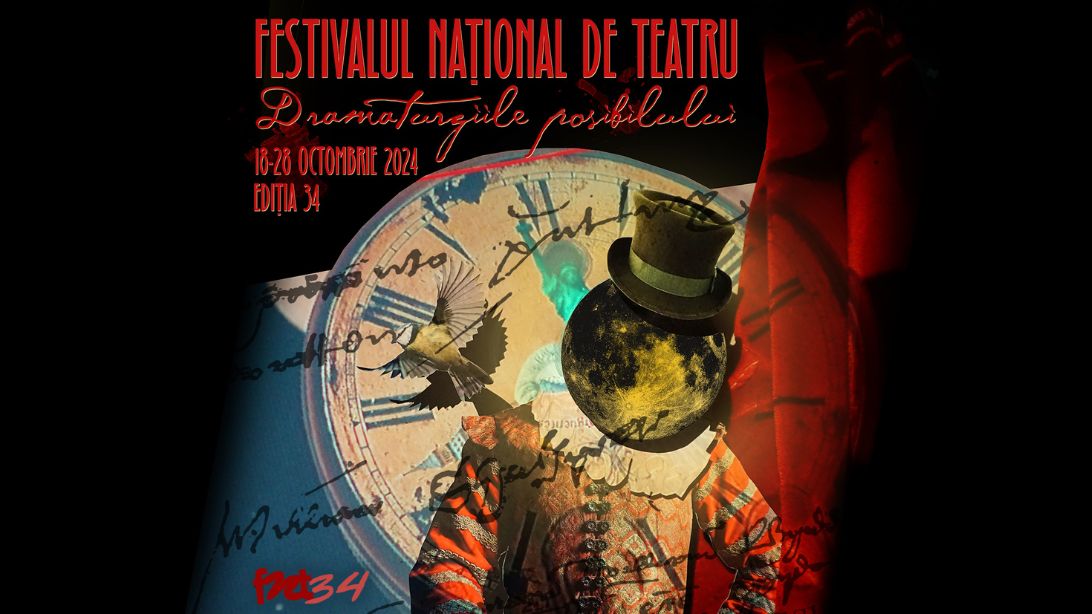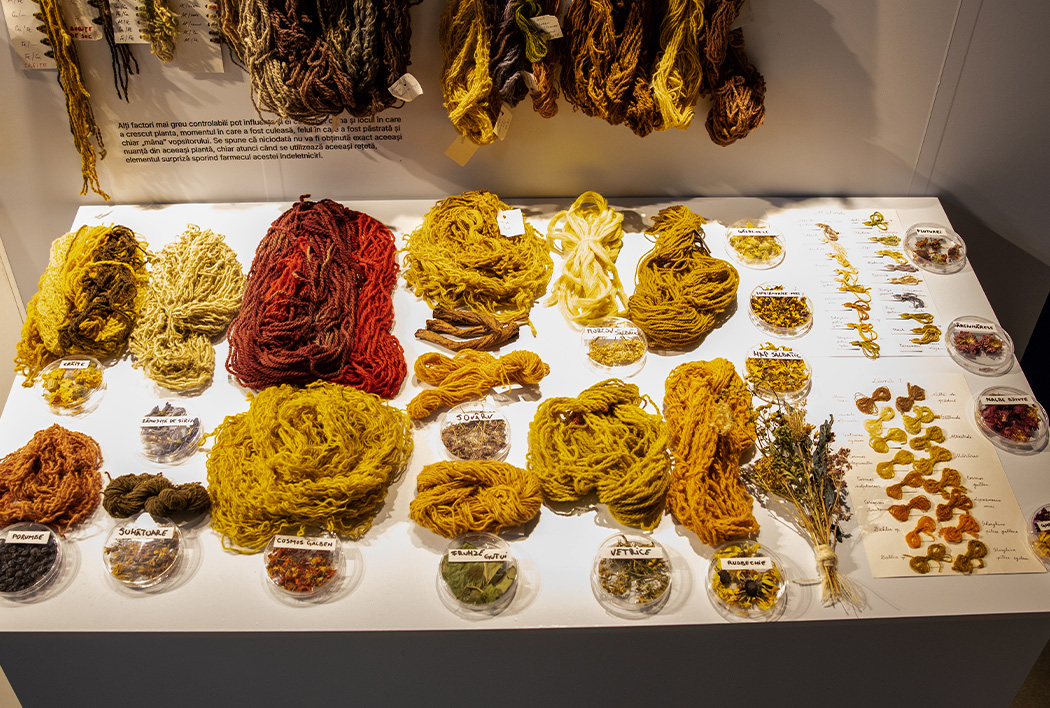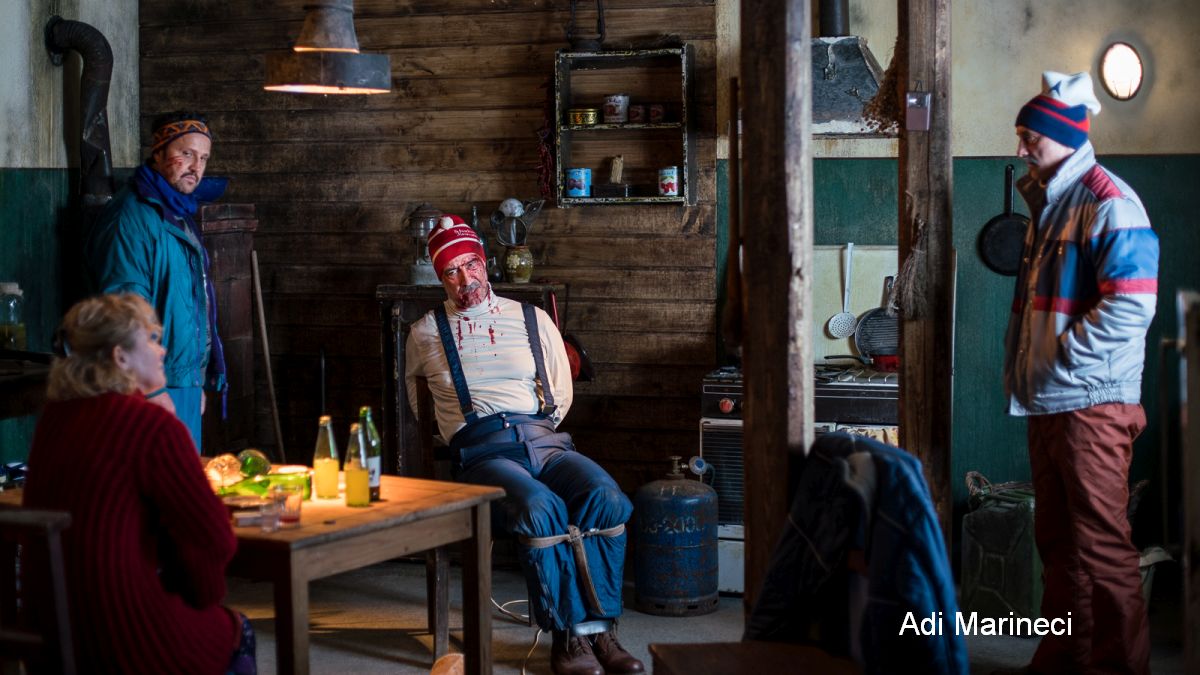Spinning Flax Into the Future
The Romanian Peasant Museum in Bucharest opened a novel exhibition- the first multidisciplinary event dedicated to flax
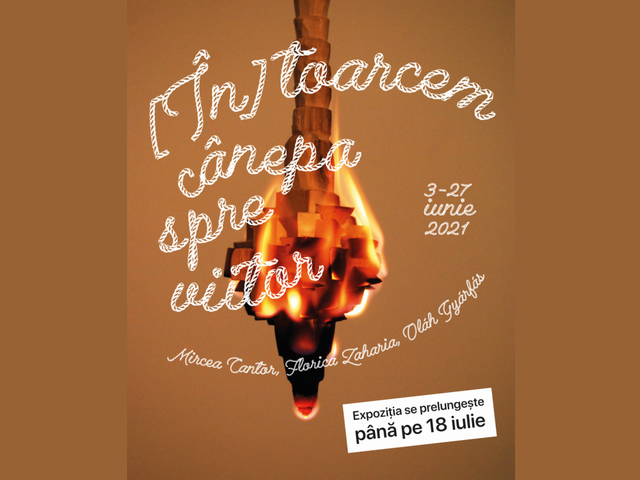
Ion Puican, 26.06.2021, 13:34
The Romanian Peasant Museum in Bucharest opened a novel exhibition- the first multidisciplinary event dedicated to flax. Spinning Flax Into the Future is an integrated event dedicated to this material that bridges the gap between traditional and contemporary ecology. The exhibition integrates art, installations, and performance with traditional musicians and weavers from Maramures, northern Romania, alongside conferences and debates on the circular economy.
The exhibition marks 10 years since the creation of the Patzaichin brand name, supported by the Patzaichin Association, founded by the famous Romanian rower Ivan Patzaichin, who has won numerous gold and silver medals in the Olympics, an association that supports local development in the Danube Delta and other Romanian regions. At the opening of the event, we talked about this very special material with the director of the Textile Museum of Baita, in Hunedoara County, western Romania. Florica Zaharia is also a conservationist with the Metropolitan Art Museum of New York:
“This is an exhibition to which we were invited by the Patzaichin Association, and we were delighted to participate with exhibits from the Textile Museum collection. Flax is a fiber just as important as wool, which, ahead of linen, are the two most important in Romanian culture. Flax is a fiber that we stopped cultivating in the last few years, for various reasons, which we should get back to later. This is an exceptional fiber, that provides us multiple resources. These very important fibers, flax, linen in some parts, and later cotton, have been used for summer clothing, interior pieces such as bed sheets, later tablecloths. Wool, on the other hand, is used during the cold or humid part of the year. Our wool has a certain specificity, in fact the wool from the entire area of the Balkans and the Carpathians, it is a thick strand wool. If someone tries on a flax shirt, or another piece, I am convinced that they will think about purchasing more clothing like that, and they will think twice about purchasing synthetic. It has an exceptional quality, which helps our skin breathe, while protecting us from the elements.”
Florica Zaharia presented us some of the collection they brought from the Textile Museum to the Peasant Museum:
“One of the very important groups of objects is a sampler of fibers, thread, and fabrics — which shows the very complex technological process involved in selecting various qualities of flax, suitable for various kinds of household objects, holiday objects, or other household objects, and clothing, of course. We also brought objects made of flax, such as bolts of cloth. We brought in two shirts, one from the Apuseni area, and a fantastic one from the Padureni area. We show that flax and flax culture has spread throughout the Carpathians area, up, down, and sideways. We also brought in a very important group of objects from Japan. Why do I think that these are extremely important? This is the same fiber processed with different technology, which answers the needs of Asian culture. Strands are not formed by spinning in Japan, they are by weaving the fibers, which results in a fabric like paper, which doesnt have the body of spun flax fabric. What we do at the Peasant Museum and here is to prove the same thing — we always try to place Romanian culture and fabrics in a global context. By understanding other cultures, we understand ourselves better.”
At the opening we spoke with international artist and performer Mircea Cantor, who lives in Paris:
“For me, this exhibition is an homage to all those who used their hands and voices to refresh our memory. These weavers, these artisans from Maramures, these singers, managed to bring us the heritage they got from their parents, grandparents, great-grandparents, reminding us how important tradition is, how important roots are. They remind us how important it is to keep this alive, to promote it, to imbue ourselves with these beautiful things. They are the fruit of their labors, shirts, sculptures, wedding songs — all these things make up a precious treasury, which we, here in Romania, still have the chance to preserve. The connecting line is flax, which we all used differently in their own skill set. What impressed me about the Patzaichin Association is the care, attention, and passion for this material. I could say this is a weapon for resistance for the Romanian people. If we look to the past, flax was the material for peasant clothing, for those in the most disadvantaged social layer, and their resilience brought us here. Patzaichin is carrying this forward, showing that something so humble can be turned into something so noble. This is their merit, of continuing to work with factories in Romania, with people in Romania, providing jobs, because they take advantage of this material that is back under scrutiny in advanced contemporary agriculture.”
Mircea Cantor, winner of the prestigious Marcel Duchamp Award in 2011, spoke to us about the future of this raw material, flax, in Romanian society:
“I think we can bet on Romania. We have lots of land, we still have these skills, you just have to invest in people. The political class has to realize that, even so belatedly, there is tremendous potential to develop flax. In terms of craftsmanship, we still have here women in the countryside who know how to weave and spin it, who can cultivate it, and we should be encouraged by economic, political, and cultural policies.”

